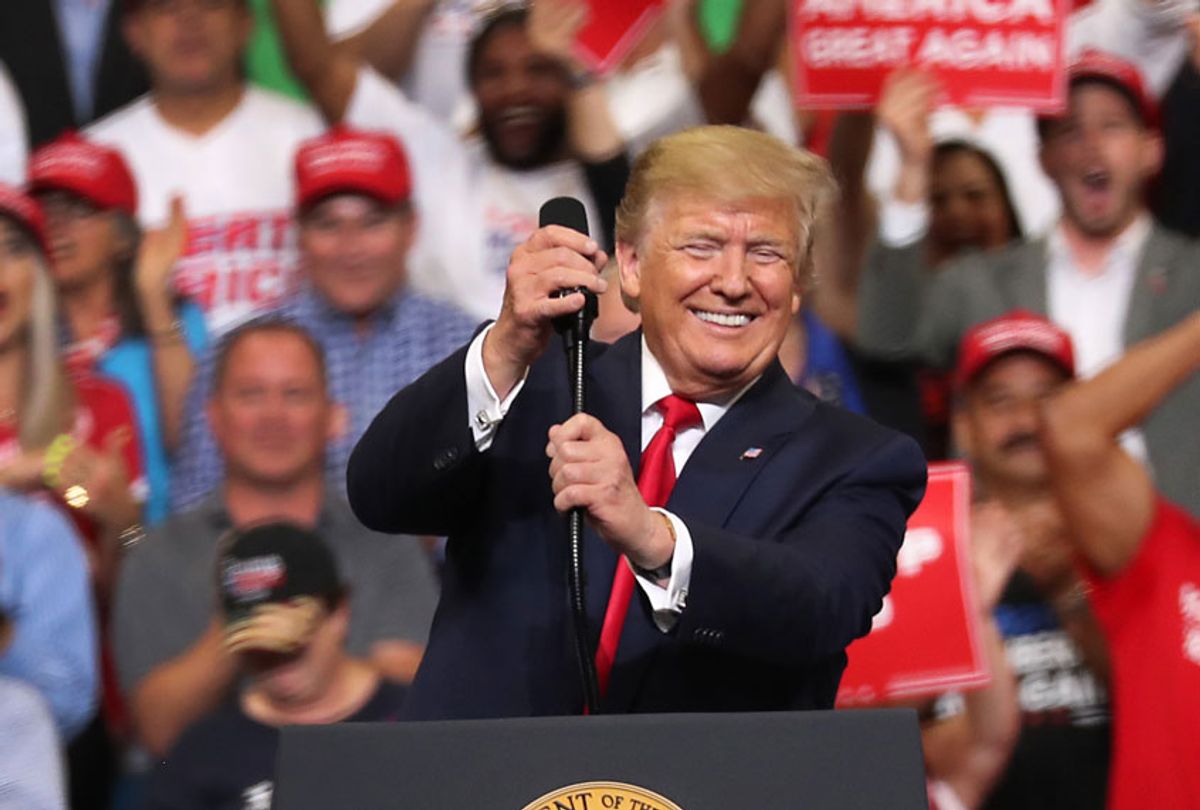As much media attention as Donald Trump received when he was hosting the hit reality show “The Apprentice” during the 2000s, it was nothing compared to all the attention he received when he ran for president of the United States in 2016 and managed to defeat Democrat Hillary Clinton in the general election. Trump’s outrageous, over-the-top antics have been great for ratings, advertising and Internet traffic — or at least they were in the past. According to a report by Sara Fischer and Neal Rothschild for Axios, everyone from cable news to Internet websites is experiencing a “Trump slump.” And for journalists, that means rather than simply focusing on the latest Trump outrage of the day, they will have to offer a lot more serious policy analysis.
Fischer and Rothschild report that according to the media executives Axios interviewed, “Trump fatigue is very real.” Citing data from the Internet analytics company Parse.ly, they report that “digital demand for Trump-related content” has “dropped 29%” between the first six months of his presidency in 2017 and the last six months. And they go on to say that according to New York Times’ COO Meredith Kopit Levien, the publication’s “Trump bump” ended in mid-2018.
The Axios reporters conclude that for the media, the “Trump bump” of 2016, 2017 and 2018 “is not sustainable” and that cable television networks “began pulling back on Trump campaign rallies late last year because they weren’t driving ratings.”
“Interest in political coverage overall is down, which is spurring investments in other beats, like technology and the global economy,” Fischer and Rothschild report.
None of that is to say that journalists won’t be covering Trump as the 2020 presidential race moves along, but they will need to be more selective in their coverage. In other words, the fact that Trump posted an offensive tweet insulting a political rival isn’t going to be as newsworthy as it was in 2017 or 2018 — and journalists will need to offer more policy analysis, discussing how Trump compares to Democratic candidates on crucial issues like health care, infrastructure, climate change and tax policy.
If Trump’s outrageous antics are no longer driving ratings and traffic to the degree that they did in the past and news organizations cut back on Trump-related coverage, their political coverage will need to focus more on serious analysis rather than the latest offensive thing Trump said during a speech. Less coverage of Trump in 2019 and 2020 won’t mean no coverage of Trump, but it could mean smarter coverage of the president and the important issues of the 2020 election.




Shares